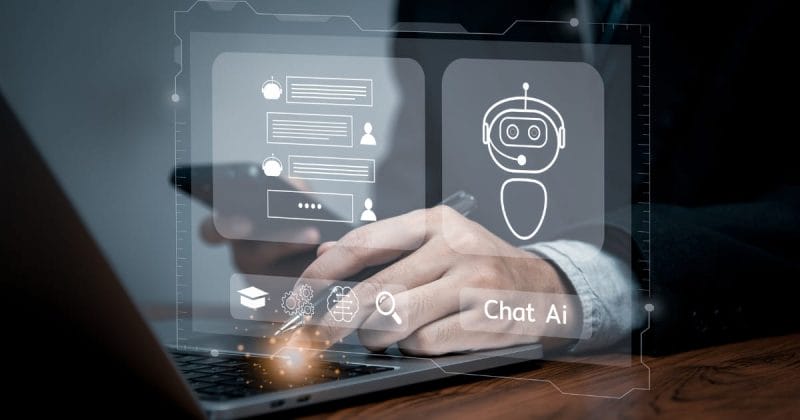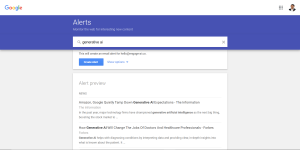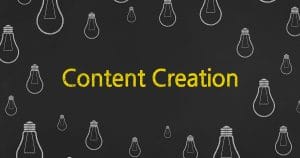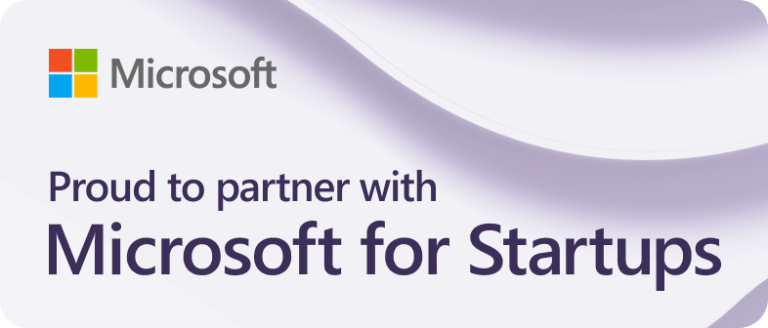Are you on the hunt for the perfect tech tool for your business?
The tech market is buzzing with options, and let’s be honest, it can get a little overwhelming. You’ve probably come across tech solutions that claim to be the best of both worlds – Generative AI and automation tools rolled into one.
But here’s the thing: while they’re complementary and are all about streamlining processes and boosting efficiency, Generative AI and automation tools go about it differently.
Follow along to learn the unique perks of each tool so you can better decide the tool that fits your business like a glove!
AI vs. Automation: Are They the Same Thing?
Let’s start with the basics.
Yes, you can think of AI as a form of automation. But, it’s so much more than that.
Automation is all about software or machines following a playbook of rules to carry out tasks, particularly those repetitive ones that can get monotonous.
But AI? It’s a whole different ball game.
AI technologies don’t just follow rules; they make predictions or decisions based on human input or predefined criteria and learn from their experiences.
Generative AI is a subset of AI that rose to viral stardom after ChatGPT became accessible for public use. While traditional AI analyzes data to make intelligent predictions, it cannot create anything new. Essentially, Generative AI is like a step up from traditional AI. Provide it with the right data, and it will create new outputs.
As its name suggests, the AI can generate various types of content, including:
- Text
- Images
- Audio
- Data
- Code
- Video
Now, despite their differences, AI and automation do share a major common ground: they both run on data. Automation tools gather data, and AI systems interpret and learn from it.
Moreover, both AI and automation are tools businesses can use to operate more efficiently and generate desirable outcomes. They help humans work smarter and faster, and they make fewer errors. They’re all about increasing efficiency and making life easier!
An Example Over Coffee: Automation vs. Traditional AI vs. Generative AI

Automation Tools: Picture a robot barista that’s like a super coffee machine. You walk up, tap in your order – say, a medium cappuccino with an extra shot – and out it comes with a push of a button, exactly how you like it. It’s quick and reliable, but it’s got no surprises up its sleeve. It only knows what it’s been programmed to do, makes your life easier, and that’s it.
Traditional AI Tools: Congrats, your robot barista leveled up! It’s now able to remember and understand your coffee-drinking habits. It sees you coming into the kitchen every day, 8 AM on the dot, for that medium cappuccino with the extra shot. So, it starts getting your coffee ready as you walk in the door. That’s traditional AI for you – it’s learning from you, getting smarter, but still within the boundaries of its programming.
Generative AI Tools: But what if your robot barista went a step further? It noticed you sprinkling a bit of cinnamon on your cappuccino ever so often. Although the blend isn’t in its pre-programmed selection, it takes a creative leap by creating a new blend – cinnamon-spiced cappuccino – just for you. This is the power of generative AI. It’s not simply following instructions or adapting to routines; it’s inventing and offering fresh experiences beyond its initial programming.
Automation vs AI: Which is Better?
Choosing between automation and AI isn’t a matter of one being universally better. Instead, it depends on a business’s specific needs and goals. Here’s a rundown of what each excels at:
Automation:
- Efficiency: Automation is great for repetitive tasks that must be done exactly the same way each time. It can perform these tasks faster and more accurately than humans, leading to increased efficiency.
- Cost savings: By taking over repetitive tasks, automation can free up human employees to focus on more complex tasks, leading to cost savings.
- Reliability: Automation is also highly reliable – it can work 24/7 without breaks and doesn’t make mistakes due to fatigue or distraction.
AI & Generative AI:
- Complex tasks: AI shines when tasks are complex and require human-like judgment. AI can learn from data, adapt to new situations, and make informed decisions.
- Improvement over time: Unlike automation, AI systems improve over time. They learn from each interaction, becoming more accurate and effective the more they are used.
- Personalization: AI is also great for tasks that require personalization or understanding of natural language, like customer service chatbots or recommendation systems.
- Unique Output: Generative AI creates original content based on provided data.
So, is automation or AI better?
Well, it’s not a one-size-fits-all answer. If your goal is to increase efficiency and accuracy in repetitive tasks, automation is your best bet. But if you’re dealing with complex tasks that need learning and personalization, AI takes the cake.
In many cases, the best solution might involve a combination of both automation and AI. Many businesses find that a mix of both automation and AI – also known as intelligent automation – gives them the best of both worlds, handling both repetitive and complex tasks efficiently.
Engage AI is a perfect blend of AI and automation. Its AI is trained to analyze LinkedIn posts and conversations to provide meaningful, original comments. Meanwhile, its platform offers automation features. The platform allows users to store their LinkedIn prospects and configure the app to auto-check the LinkedIn profiles for recent posts and, subsequently, send emails about engagement opportunities. This eliminates the need to visit each prospect’s profile individually and set up reminders to nurture prospects.
The Role and Impact of AI in Automation
AI doesn’t just perform tasks – it learns from data, adapts, and makes decisions. This makes it a game-changer for automation, making it smarter and more efficient.
For example, AI can be used to automate business processes more intelligently. It can analyze vast amounts of data, identify patterns, and help businesses make informed decisions through valuable insights.
Generative AI, specifically, enhances automation by enabling capabilities such as natural language processing (NLP), computer vision, and facial recognition. These capabilities allow machines to understand and interpret human language, recognize images, and identify faces respectively.
A common example is chatbots. Chatbots use NLP to understand customer queries and respond in a way that mimics human conversation. They can be used for customer service, handling basic questions, and directing more complex ones to human agents. This automation improves efficiency and customer satisfaction.
In other words, AI isn’t just a tool – it’s a companion. It’s an active participant that can work alongside humans, changing the way businesses operate, driving economic growth, and increasing productivity.
Wrapping Up
Understanding the differences and similarities between AI and automation can help you make the most of these fantastic technologies. Whichever type of tool you use, so long they are reliable and mindful of human limits, it will help you stay ahead of the game in a fast-paced world where everyone is also getting into the AI and automation race.








